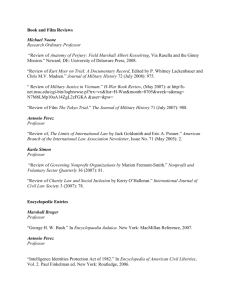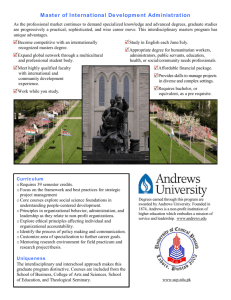ST ANDREWS CONSERVATION AREA APPRAISAL AND
advertisement
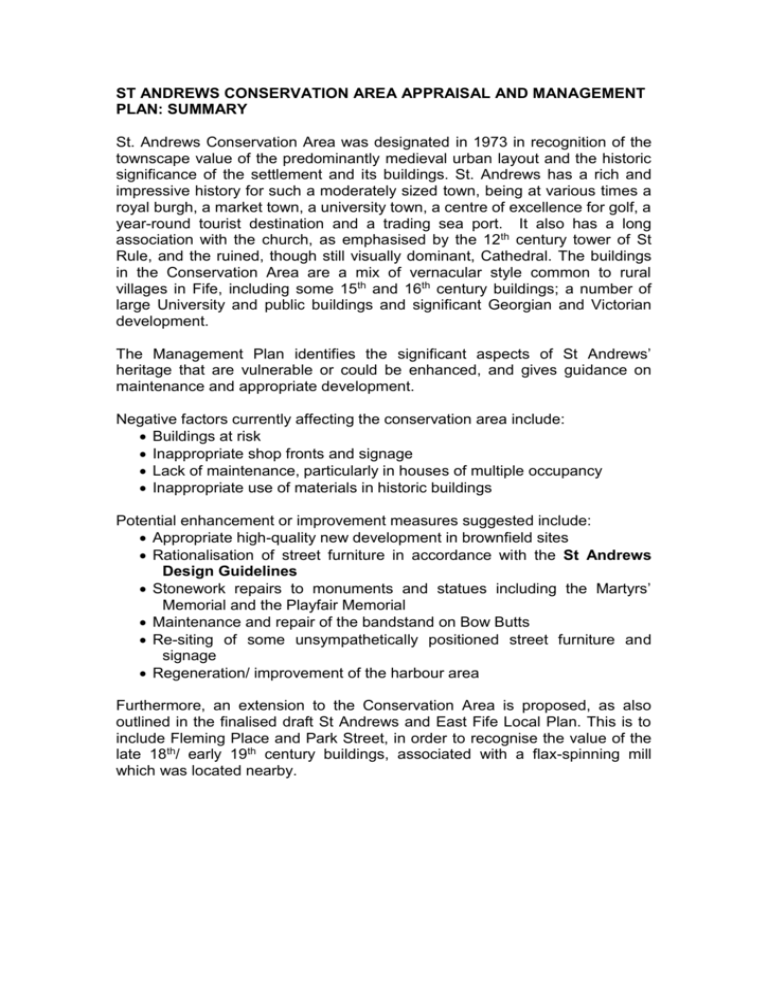
ST ANDREWS CONSERVATION AREA APPRAISAL AND MANAGEMENT PLAN: SUMMARY St. Andrews Conservation Area was designated in 1973 in recognition of the townscape value of the predominantly medieval urban layout and the historic significance of the settlement and its buildings. St. Andrews has a rich and impressive history for such a moderately sized town, being at various times a royal burgh, a market town, a university town, a centre of excellence for golf, a year-round tourist destination and a trading sea port. It also has a long association with the church, as emphasised by the 12th century tower of St Rule, and the ruined, though still visually dominant, Cathedral. The buildings in the Conservation Area are a mix of vernacular style common to rural villages in Fife, including some 15th and 16th century buildings; a number of large University and public buildings and significant Georgian and Victorian development. The Management Plan identifies the significant aspects of St Andrews’ heritage that are vulnerable or could be enhanced, and gives guidance on maintenance and appropriate development. Negative factors currently affecting the conservation area include: Buildings at risk Inappropriate shop fronts and signage Lack of maintenance, particularly in houses of multiple occupancy Inappropriate use of materials in historic buildings Potential enhancement or improvement measures suggested include: Appropriate high-quality new development in brownfield sites Rationalisation of street furniture in accordance with the St Andrews Design Guidelines Stonework repairs to monuments and statues including the Martyrs’ Memorial and the Playfair Memorial Maintenance and repair of the bandstand on Bow Butts Re-siting of some unsympathetically positioned street furniture and signage Regeneration/ improvement of the harbour area Furthermore, an extension to the Conservation Area is proposed, as also outlined in the finalised draft St Andrews and East Fife Local Plan. This is to include Fleming Place and Park Street, in order to recognise the value of the late 18th/ early 19th century buildings, associated with a flax-spinning mill which was located nearby.
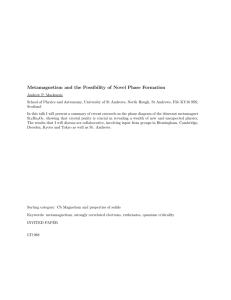
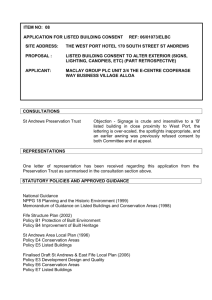



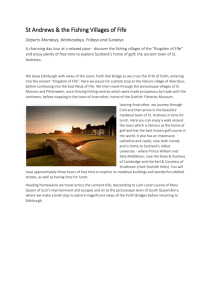
![[12] - Planning Applications for Determination](http://s3.studylib.net/store/data/007506802_1-28ea4707e1ce1ffb93ca194beb12adab-300x300.png)



